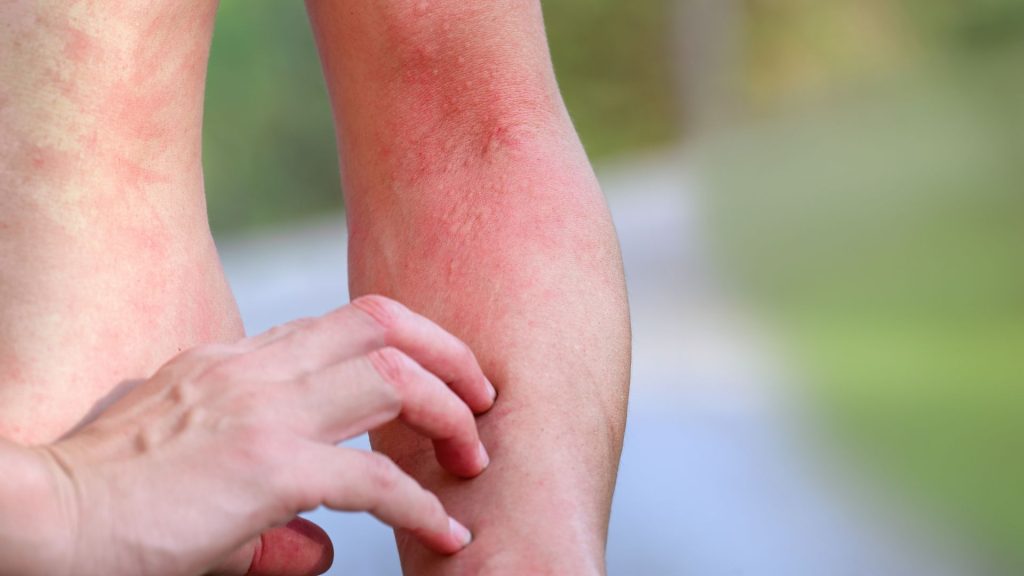Acne inversa or Hidradenitis Suppurativa (HS) transcends mere skin conditions, being a chronic inflammatory skin disease marked by pain and often distressing appearance. Its effects on quality of life can be profound due to associated pain, appearance, and odor. Who is susceptible to this condition? How prevalent is it? Delve into the statistics to uncover answers.
Prevalence of Acne inversa
The precise prevalence of acne inversa remains unclear as estimates are derived from health insurance claims, medical records, and surveys of people with HS, leading to a wide range of results. However, estimates from the United States and Europe suggest that approximately 1 to 4 out of every 100 people have Hidradenitis Suppurativa2. When extrapolated to the entire U.S. population, this suggests that around 13 million people could be living with HS, equivalent to the population of Pennsylvania.
In fact, about 118,000 healthcare visits by HS patients are reported every year in the United States. But some of these visits could be more than one visit by the same patient. In a recent study to estimate the number of Canadians living with HS, the researchers concluded that there is nearly a 4% prevalence. The results show a relatively high proportion of people living with acne inversa in Canada. However, their distribution in terms of HS severity remains to be determined.
10,002 people from the general population were interviewed. Within a period of six months, 71% of the patients had two boils or more, which were mostly located in the armpit or axilla (48.4 percent) and groin (37.6 percent). The first acne inversa symptoms appeared on average at the age of 24.1 and 28.1 years in the medically diagnosed and self-reported groups.
The prevalence of Hidradenitis Suppurativa was 3.84% (2.36 percent and 1.49 percent) in the clinically-diagnosed cases and the self-reported cases. On the other hand, the annual incidence was estimated at 30 new cases per 10,000 population over a 12-month period.

Who is at Risk of Getting Hidradenitis Suppurativa?
Understanding who is at risk for developing this condition is crucial for early detection and management. Here are some of the Hidradenitis Suppurativa risk factors.
Age and Gender Factors
HS usually begins after puberty and is most commonly observed in individuals in their teens or twenties. This coincides with a period of significant hormonal changes, which could play a role in the onset of HS. While acne inversa can affect anyone, regardless of age or gender, it is more common in women.
According to studies, women are about three times more likely to develop HS than men. The reason for this disparity is not entirely clear, but it may be linked to hormonal differences between men and women.
Genetic Predisposition
A family history of Hidradenitis Suppurativa (HS) can also increase a person’s risk of developing the condition. Research suggests that about one-third of people with HS have a close relative who also has the disease. This suggests a genetic component to the condition, though the exact genes involved are still being investigated. Further research is needed to understand the genetic risk factor in Hidradenitis Suppurativa development.
Obesity and Lifestyle Factors
Weight is another significant risk factor for HS. People who are overweight or have obesity are at a higher risk of developing the condition. This is possibly due to increased friction and sweating in areas where there is skin-to-skin contact, which are common sites for HS lesions.
Smoking is another lifestyle factor that increases the risk of HS. Smokers are more likely to develop HS compared to non-smokers. The chemicals in tobacco smoke can cause inflammation and damage in the body, which may contribute to the development of Hidradenitis Suppurativa.
While anyone can develop acne inversa, the condition is more common in certain populations such as women, those with a family history of the condition, individuals who are overweight or obese, and smokers. However, it’s important to remember that having one or more of these risk factors does not guarantee that one will develop acne inversa. It simply means that the risk is higher. If you think you might be at risk for HS, it’s important to discuss this with your doctor.
Please note that while we can identify who is at risk, the exact cause of HS is still unknown, and more research is needed to fully understand this complex condition.
Enhancing HS Skin Condition Diagnosis and Treatment
HS often takes a long time to be diagnosed, which means many people may live with the condition without receiving proper treatment. This delay in diagnosis can lead to more severe disease progression, including the development of painful scars and potential disability. By having accurate statistics on who is most likely to have HS, doctors can potentially diagnose and treat the condition more quickly.
Early treatment can not only alleviate pain but also prevent the disease from progressing to more severe stages. Therefore, understanding the demographics most at risk for Hidradenitis Suppurativa – women, individuals with a family history of acne inversa, those who are overweight or obese, and smokers – is vital in facilitating earlier diagnosis and treatment.



